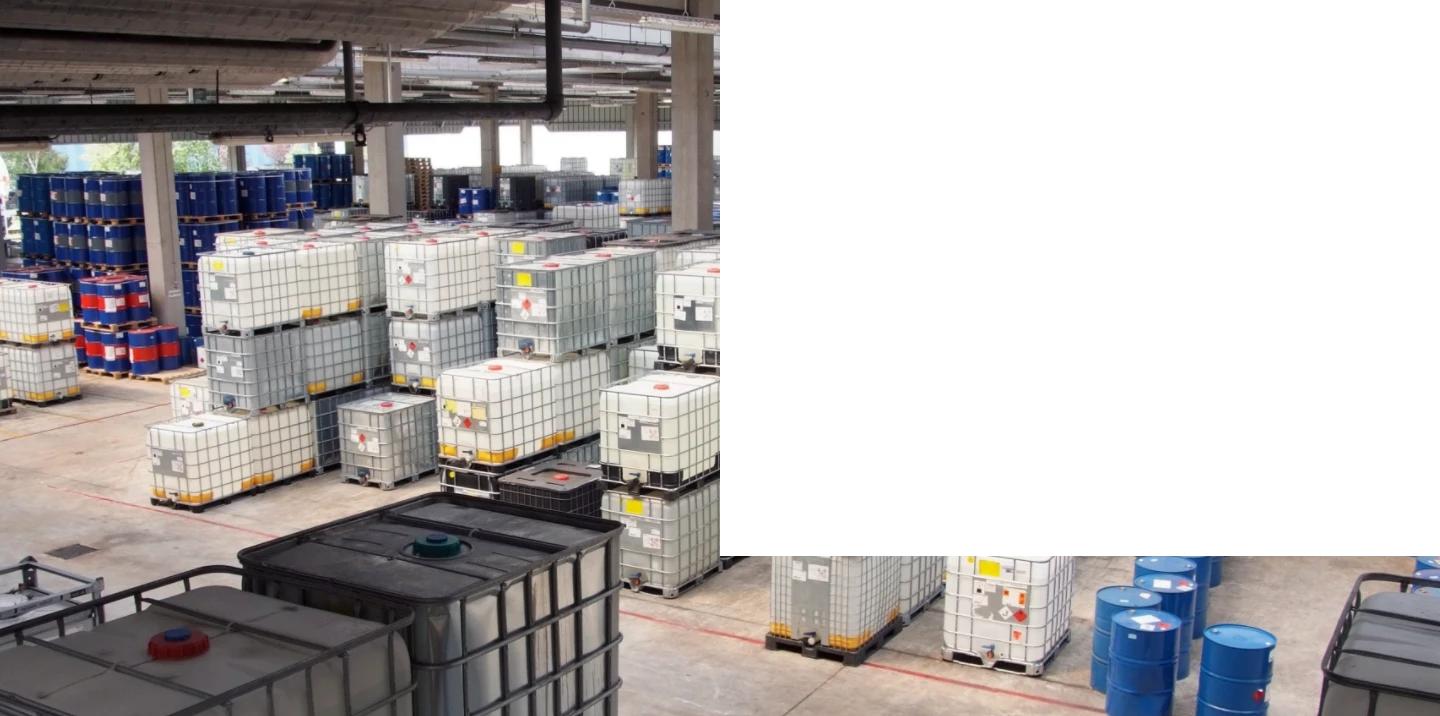



Design and Applications of Cylindrical Crucibles in Material Science and Engineering
The Role of Cylindrical Crucibles in Modern Science and Industry
Cylindrical crucibles are essential tools widely used in laboratories and industries for various processes involving melting, heating, and holding substances. Characterized by their cylindrical shape, these crucibles provide a stable and efficient environment for conducting experiments, particularly in fields such as metallurgy, chemistry, materials science, and glassmaking. Their design allows for uniform heat distribution, which is critical for achieving accurate and reproducible results.
Historical Context
The use of crucibles dates back to ancient times when artisans would melt metals for crafting tools and ornaments. The cylindrical shape was favored for its ability to withstand high temperatures and facilitate even heat distribution. Over the centuries, materials used for crucibles have evolved from clay and ceramic to modern options like graphite, alumina, and other high-temperature-resistant materials. This evolution reflects advancements in material science and the growing demand for precision in industrial processes.
Design and Materials
Cylindrical crucibles come in various sizes and materials, each chosen based on the specific application requirements. For instance, ceramic crucibles are found in laboratories for their excellent thermal resistance and chemical stability, while graphite crucibles are often used in metallurgical processes due to their high thermal conductivity and ability to withstand extreme temperatures.
The choice of material is crucial; it affects the crucible's thermal shock resistance, chemical reactivity, and lifespan. High-purity materials are preferred in semiconductor manufacturing and other applications where contamination must be minimized. Furthermore, the dimensions and thickness of the crucible influence how heat is transferred and maintained during experiments.
Applications in Science and Industry
Cylindrical crucibles serve a myriad of applications across various sectors
cylindrical crucible

1. Metallurgy In metal casting, cylindrical crucibles are used to melt alloys at high temperatures. Their shape allows for efficient pouring, ensuring that the molten metal can be directed into molds accurately. Additionally, the ability to maintain temperature is vital for preventing premature solidification, which could compromise the quality of the final product.
2. Chemistry In chemical laboratories, these crucibles are employed for processes such as calcination, where substances are heated to high temperatures in the absence of air. The cylindrical design aids in achieving uniform temperature distribution, crucial for chemical reactions that require specific thermal profiles.
3. Materials Science Researchers frequently utilize cylindrical crucibles in the synthesis of new materials, such as ceramics or composites. The consistent heating environment provided by the crucible is pivotal in ensuring the desired molecular structure and properties of the materials being developed.
4. Glassmaking The glassmaking industry heavily relies on cylindrical crucibles for melting raw materials. The crucibles allow for the consistent melting of silica and other compounds, leading to high-quality glass products. The ability to monitor and control temperatures closely is essential in this field to achieve the desired clarity and strength of glass.
5. Battery Technology With the rise of sustainable energy technologies, cylindrical crucibles have found their place in the fabrication of batteries, particularly lithium-ion batteries. The materials used in these crucibles must maintain their integrity under extreme conditions to ensure the safety and performance of the battery.
Environmental Considerations
As industries move toward more sustainable practices, the choice of crucibles is increasingly influenced by environmental concerns. Manufacturers are exploring ways to produce crucibles using eco-friendly materials and processes that reduce energy consumption. The recycling of crucible materials is also gaining momentum, helping to minimize waste and the environmental impact of industrial operations.
Conclusion
Cylindrical crucibles play a pivotal role in a variety of scientific and industrial applications, owing to their unique design and the materials from which they are constructed. As technology advances and industries evolve, the functionality of crucibles continues to adapt, ensuring that they remain vital tools for researchers and manufacturers alike. In our quest for innovation and sustainability, these crucibles are not just vessels for heat but also catalysts for progress in multiple fields. Their significance will undoubtedly persist as new challenges and opportunities arise in the world of science and industry.
-
Why Sodium Persulfate Is Everywhere NowNewsJul.07,2025
-
Why Polyacrylamide Is in High DemandNewsJul.07,2025
-
Understanding Paint Chemicals and Their ApplicationsNewsJul.07,2025
-
Smart Use Of Mining ChemicalsNewsJul.07,2025
-
Practical Uses of Potassium MonopersulfateNewsJul.07,2025
-
Agrochemicals In Real FarmingNewsJul.07,2025
-
Sodium Chlorite Hot UsesNewsJul.01,2025










